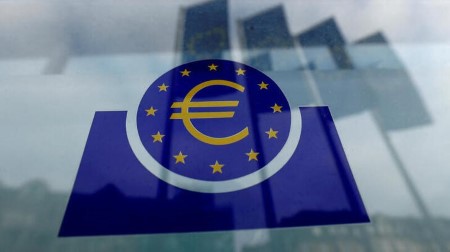




Monthly Economic Update: One for the road
 DOWNLOAD
DOWNLOAD

Inflation Update: Still low, still slow
 DOWNLOAD
DOWNLOAD

Philippines Trade Update: Exports momentum continues
 DOWNLOAD
DOWNLOAD


US recap: Energy drop, Fed puzzle boost EUR/USD before ECB

Sept 7 (Reuters) – The dollar index slipped from new 20-year highs that were led by gains against the yen to a 24-year peak, as energy prices tumbled after weak Chinese data and traders lightened long trades in the US currency before Thursday’s ECB meeting.
Brent fell 5%, while US and Dutch natgas prices tumbled 3.9% and 12%, respectively, shrugging off Russian President Vladimir Putin’s threat to cut off energy supplies if the EU pursued its proposed price-cap plan.
Those falls on global demand doubts trimmed the premium markets have assigned to the dollar based on the US status as an energy exporter versus the euro zone and Japan being heavy importers.
Fed speakers affirmed the need to keep raising rates until inflation has been defeated, though the pace of tightening will become more data-dependent.
In contrast, the Fed’s beige book pointed to a weakening outlook, mixed August activity and some moderation in labor tightness, which kept Treasury yields and the dollar near their lows.
The broad dollar pullback was accelerated by a New York Fed report showing the decline in global supply chain pressures since December 2021 persisted in August and was broad-based.
Following US jobs and ISM services data also suggesting slightly less supply-side tightness, the supply-chain report will keep markets on alert for further such data, as it would suggest progress toward the Fed’s inflation-defeating goal and perhaps less upside in Treasury yields and the dollar.
EUR/USD’s 0.93% gain followed another shallow dip below 0.9900 but now faces resistance above parity. Thursday’s ECB meeting, seen yielding a 75bp hike that the Fed is expected to match on Sep. 21, could be pivotal, as will the durability of the recent drop in energy prices.
USD/JPY’s 144.99 peak on EBS ran into 145 offers by a Fibo target and worries about Japan’s FX warnings as prices near 146.
USD/JPY’s 11.2% surge from August’s lows and nearing 1998’s 147.63 peak is alarming, but overt FX intervention within the G7 isn’t allowed without the group’s consent.
Unless the BoJ ends QE needed to cap JGB yields, any unofficial intervention would fail unless driven by dollar weakness.
Sterling shed early losses to a 37-year low at 1.1407, but the tiny breach of 2020’s 1.1413 low left shorts in squaring mode amid broader dollar long trimming.
The BoC’s 75bp hike reversed early USD/CAD gains to a modest loss, limited by tumbling energy prices and helped, along with the Aussie and other high betas, by rebounding Treasuries and equities.
(Editing by Burton Frierson; Randolph Donney is a Reuters market analyst. The views expressed are his own.)
This article originally appeared on reuters.com





 By Reuters
By Reuters